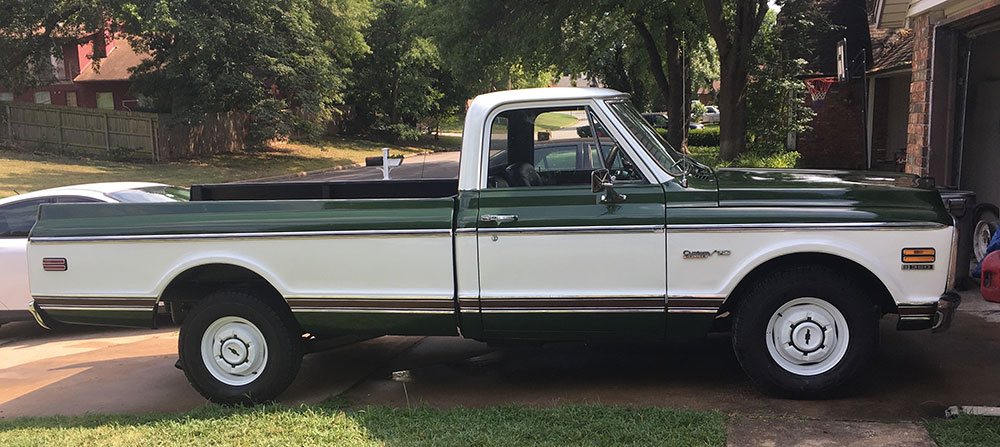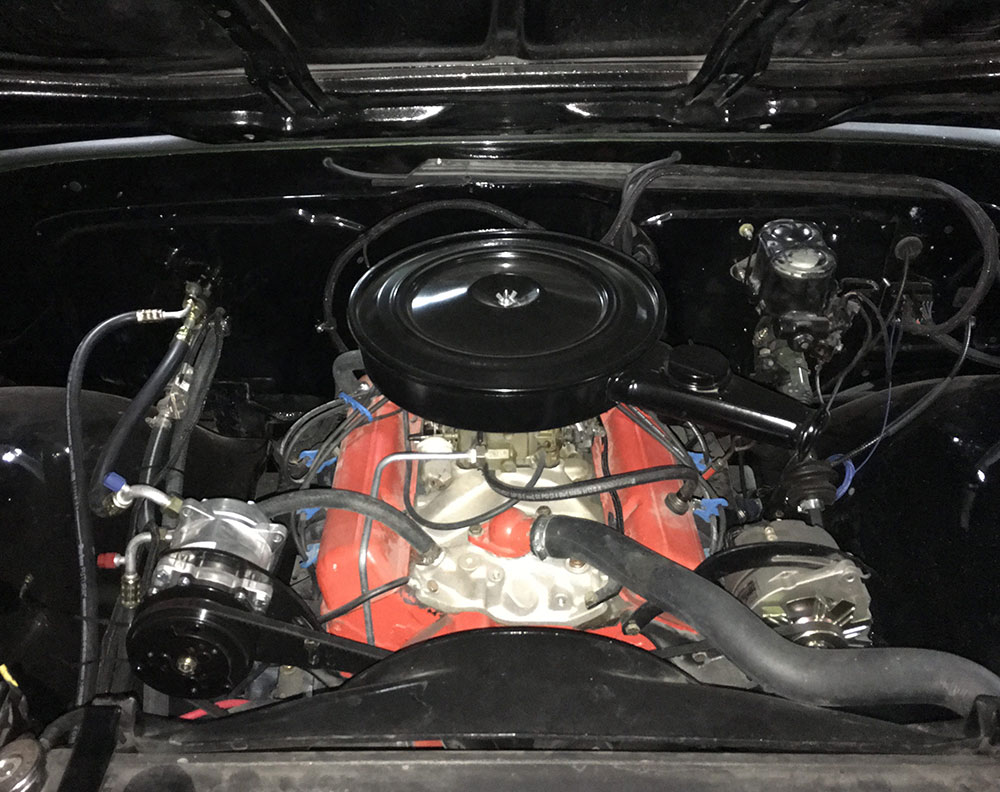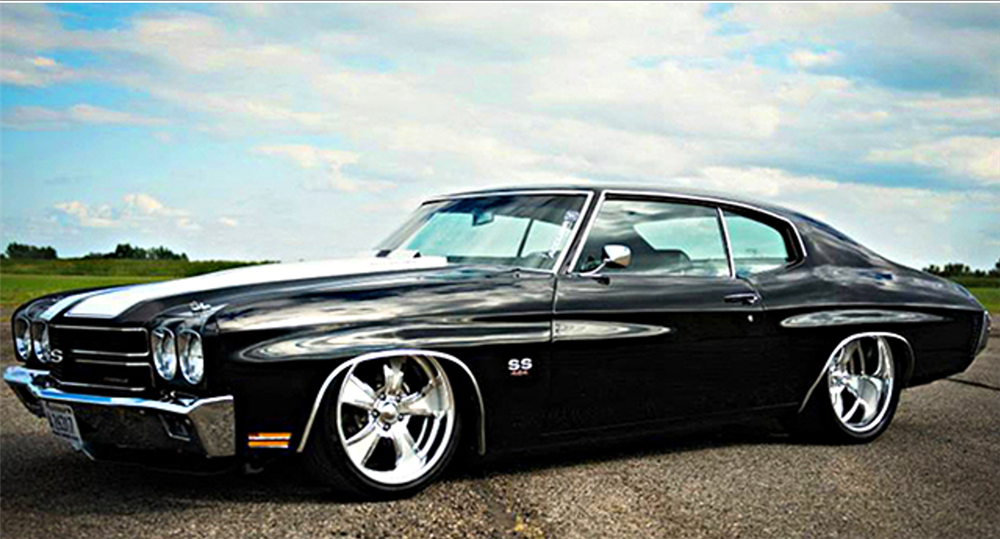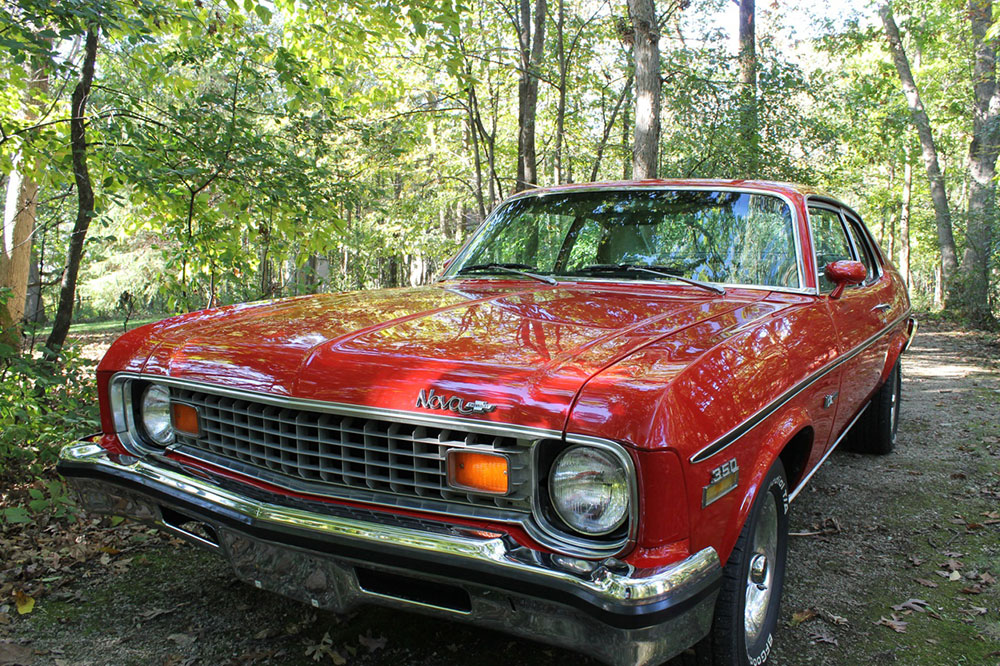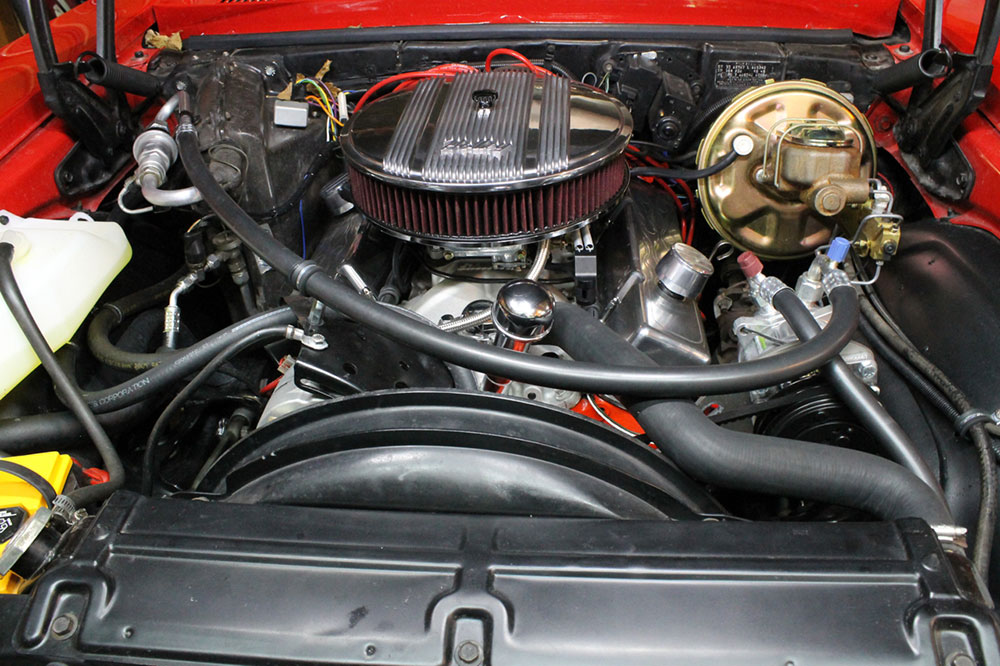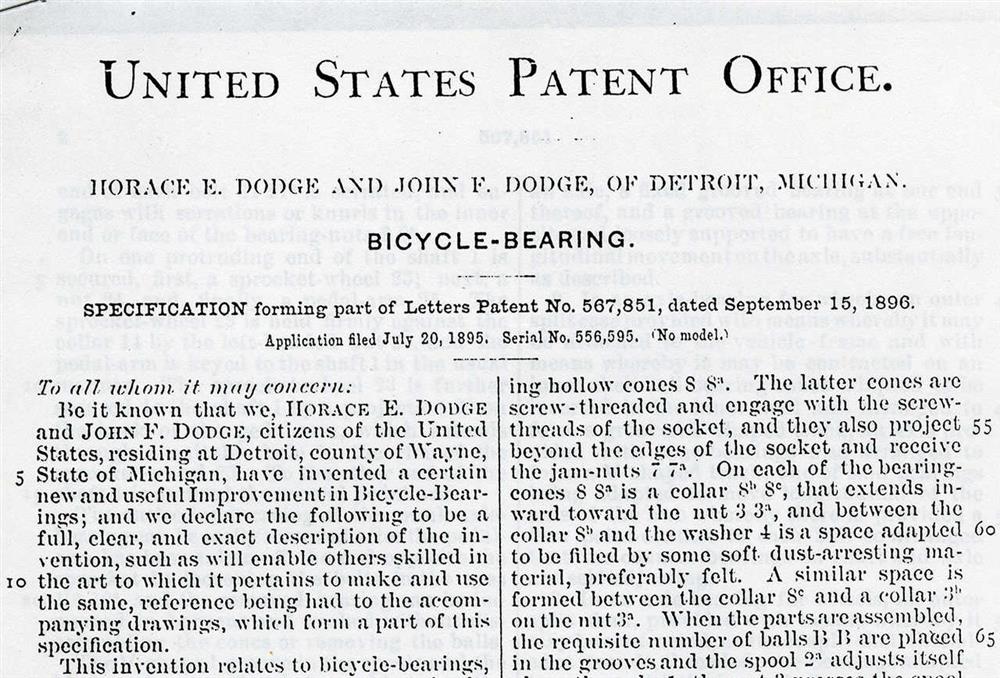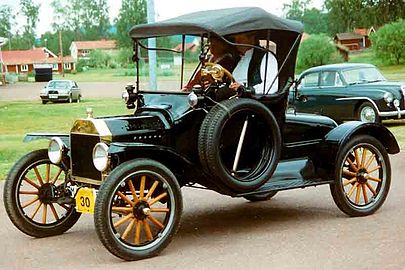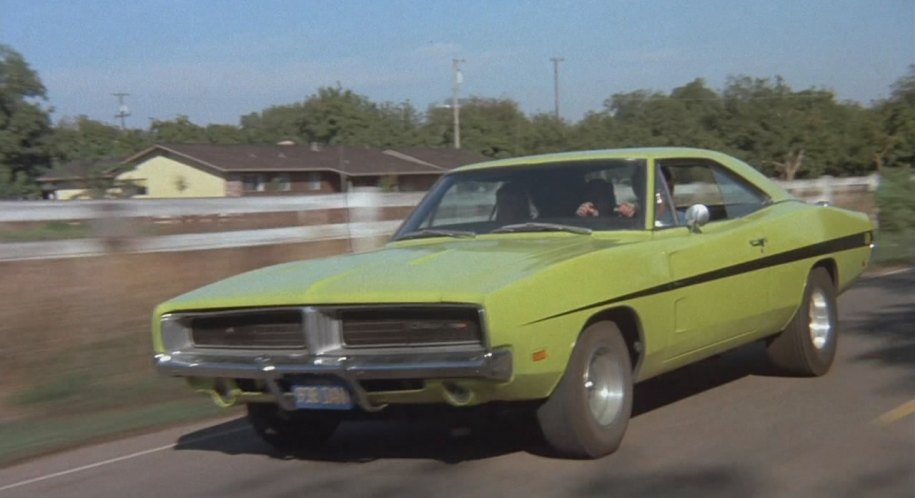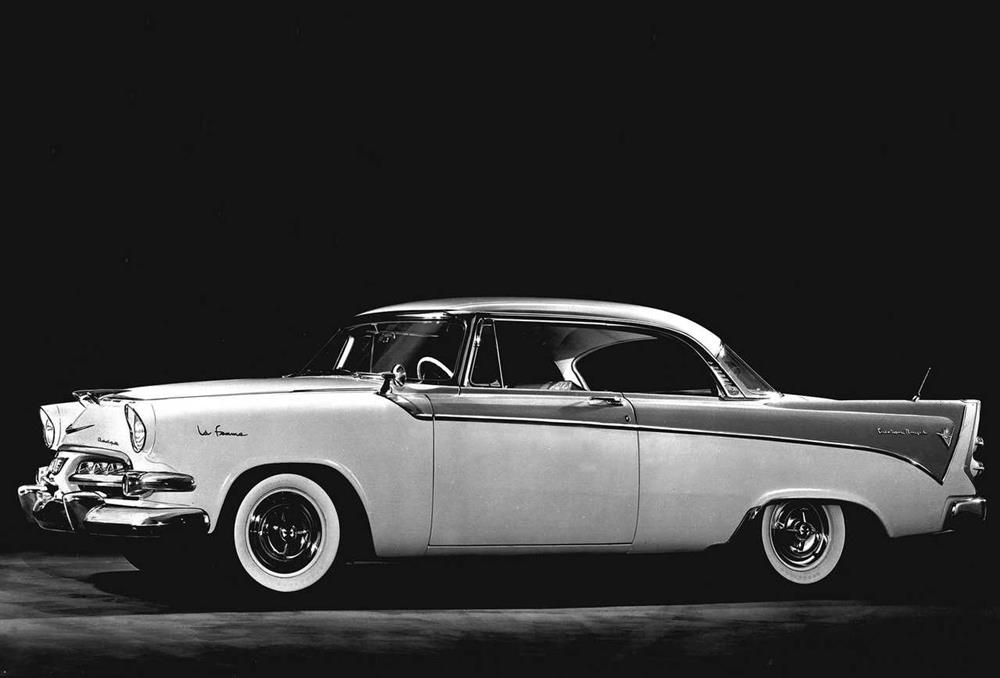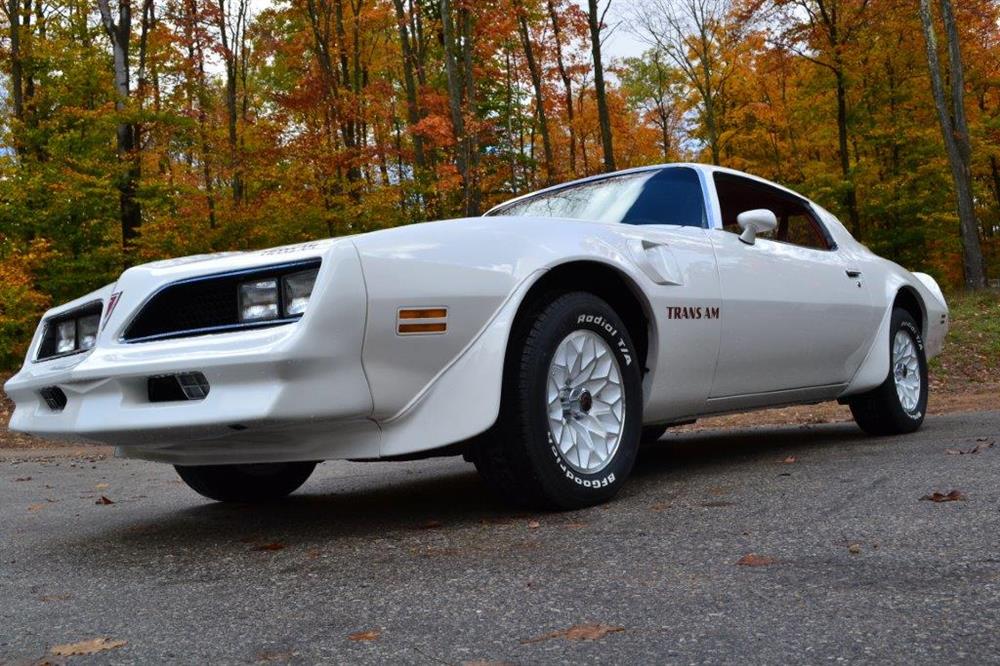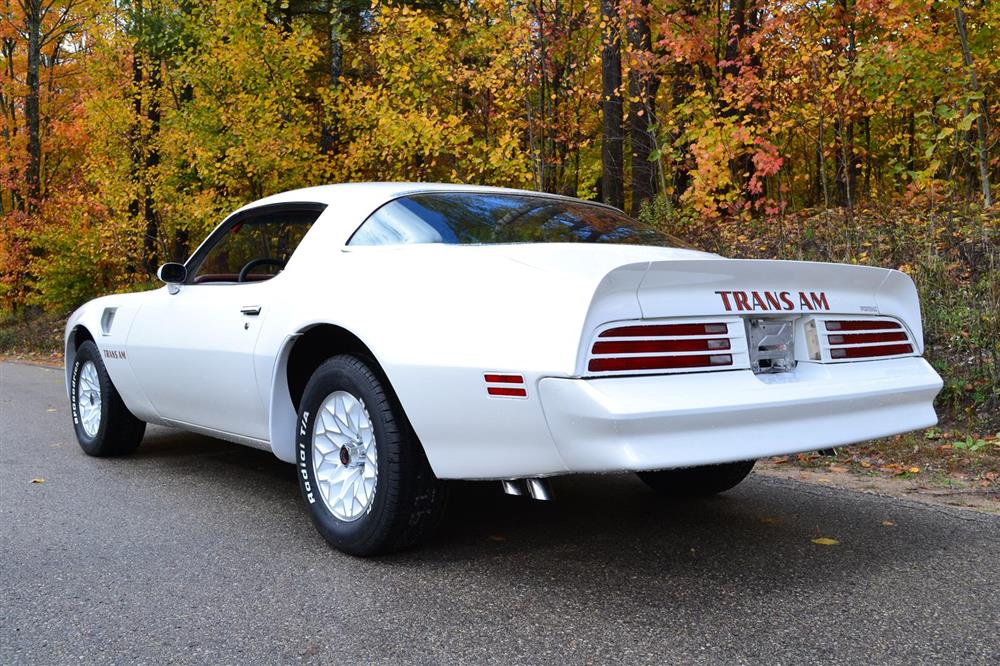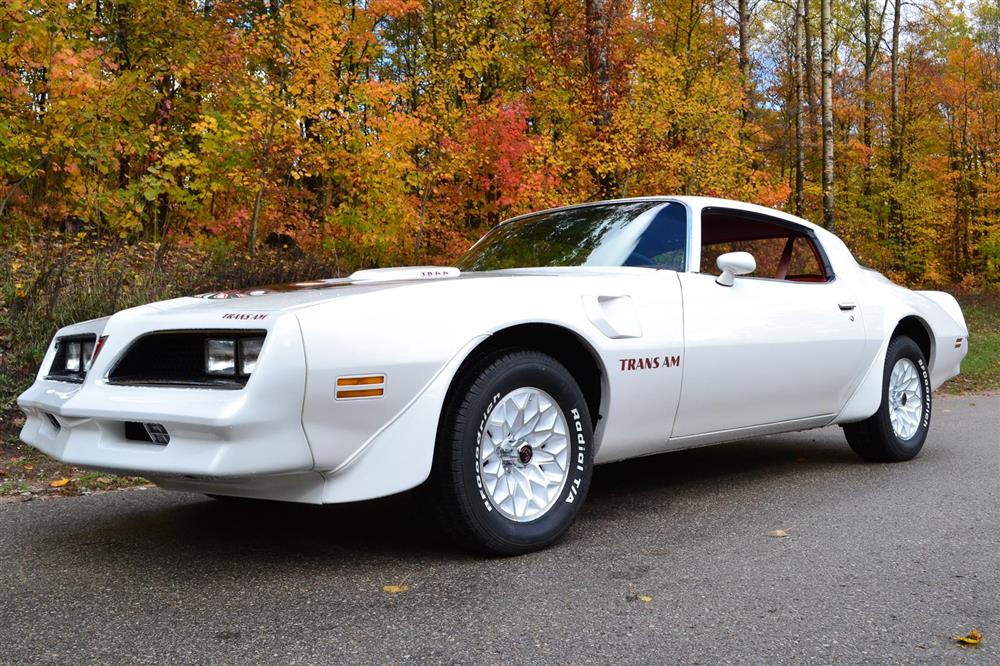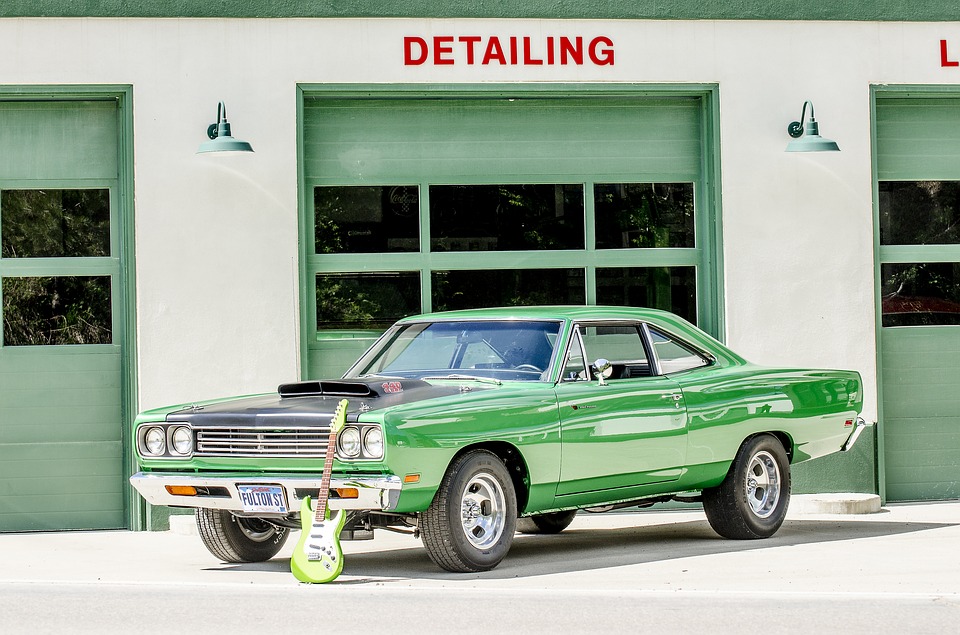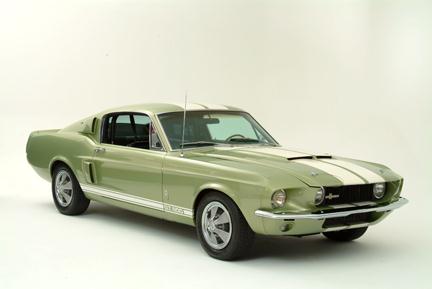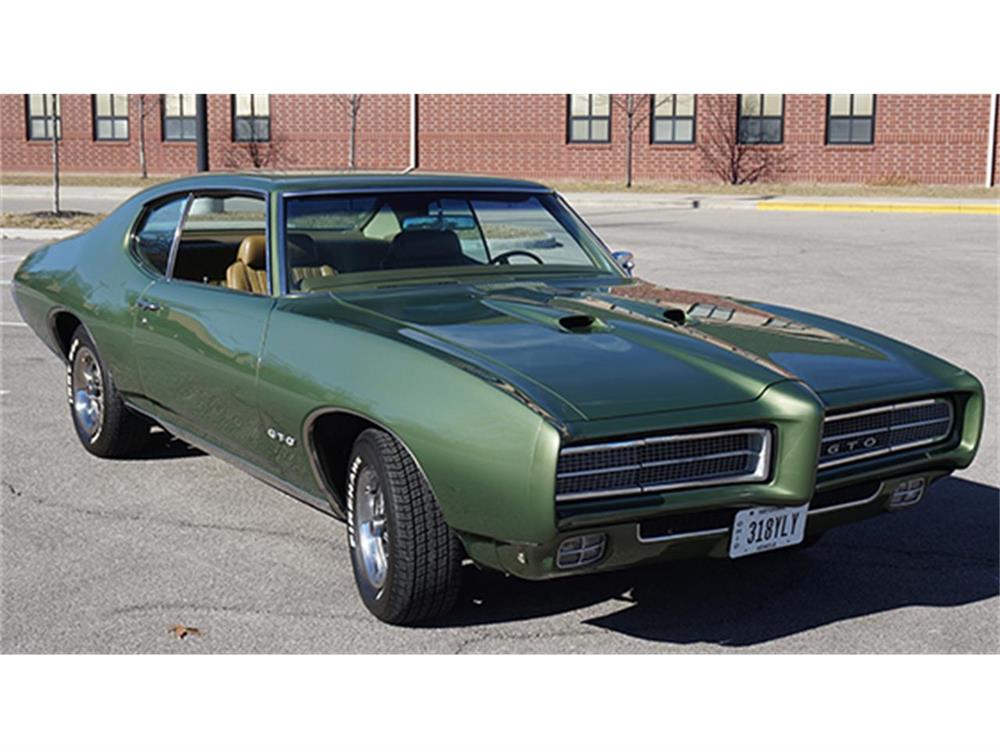This truck was my grandfathers. He gave it to me shortly before he passed away. My father actually sold it to him sometime around 1977 so it has been in our family for many years. Grandpa drove it daily to work for quite some time until he retired. From there it became a work truck. Used for pretty much anything you can use a truck for.
I have had the truck since 1995 and used it as my daily driver for more than 15 years. I was always amazed at how reliable it was. When my last child graduated from high school I began to seriously think about rebuilding it. At first I thought I would just fix the rusted parts and paint it. But I soon realized that wouldn't be good enough. As I took parts off the truck I saw that there was much more deterioration than expected. So I did the only thing a car guy can think of, complete restoration!
The project has taken close to 7 years from disassembly to completion. Well, are we ever really done with our classics? At any rate, I have endeavored to stay as original as possible. I have repaired over replace as much as possible. I had to replace the entire floor pan, pillars and cab corners. And instead of repairing the factory air conditioning I opted for cleaning up the firewall and installing an aftermarket A/C system. And instead of the bench seat I chose to install power bucket seats from a 1997 Suburban. But, I was able to make them look similar to the factory option. I also put in the center console from a 1972 Chevy C10. I liked that style because it has cup holders instead of the slots for the seat belts.
The motor is the original 4 bolt main small block 350. I installed a moderate cam, flat top pistons, headers, and an HEI distributor with an external coil so that it sill looks stock. It has the original quadrajet, that I still need to modify so that it can support the changes to the motor. I also rebuilt the TH350 transmission. I did farm out the rebuild of the 3.08 rear end. I had the frame powder coated and rebuilt or refurbished every piece of sheet metal on the truck. I even went so far as to straighten and clean all of the original trim. All of the bed walls, fenders, etc have been cut apart and cleaned of rust and treated with bed liner. All of this was done in a two car garage, including the painting.
It has been an absolute labor of love that at times I never thought would be done. For over 5 years every weekend and some weeknights were consumed with this project. There are still some things I want to do to improve the performance. But as of this weekend the tailgate will go on the truck marking "completion" of the project. Unfortunately my father and grandfather are not around to see the final result. But my step-father is and he has helped me immensely. While this project at times has been difficult, even grueling, I would do it again in a heart beat. Just not in an attached two car garage!!!
